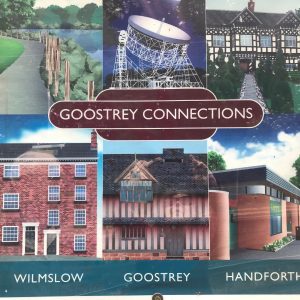The bulbs have been extraordinary this spring. We had a wonderful show of snowdrops in February followed, in March, by a dazzling display of dancing daffodils.
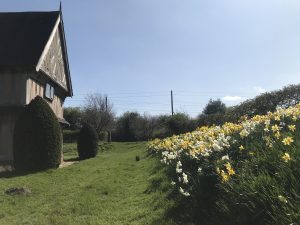
Today, anybody looking up at the site of The Blackden Trust from the bottom of the valley will see the beautiful timber-framed front of the Tudor Old Medicine House, with its spectacular gabled window. It looks as if it has been here for five hundred years – but it hasn’t. In April fifty years ago, the same viewpoint would have shown just a few daffodils under some old Newton Wonder apple trees in front of a deceptively unremarkable brick house.
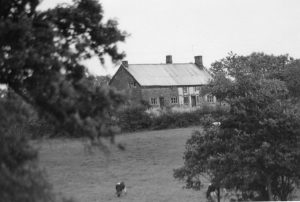
Deceptive indeed – the brick hides the timber-framed medieval Toad Hall. That is just one of the stories that this place has revealed over the last fifty years. The timber-framed hall is built on a Bronze Age burial mound. We can be certain of that, because, when we were digging the foundations for the Old Medicine House, we uncovered a Bronze Age cremation, which was carbon dated to 1,700 BC. The site is older still; the soil dug out of the trench for oil pipes, contained Mesolithic flint tools made here ten thousand years ago.
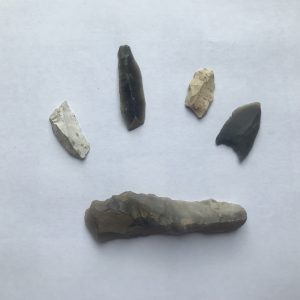
Over a period of 18 months from April 1971 to December 1972 the Old Medicine House, which Alan and Griselda Garner had rescued from demolition at its original site in Wrinehill, Staffordshire, was rebuilt timber by timber into the building that we now know. At every stage from the dismantling; repairing of the timbers; preparing of the ground; and rebuilding, the close attention we gave to the fabric revealed details of archaeological and historical importance. These are incorporated into our workshops and tours; as are new the discoveries that we continue to make.
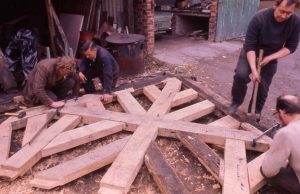
The most recent delight is an affirmation of the value of the Garner’s crazy project. The building they moved fifty years ago, with the Lovell Telescope at Jodrell Bank, represents Goostrey on the Network Rail posters on the platforms of all the stations from Crewe to Manchester.
